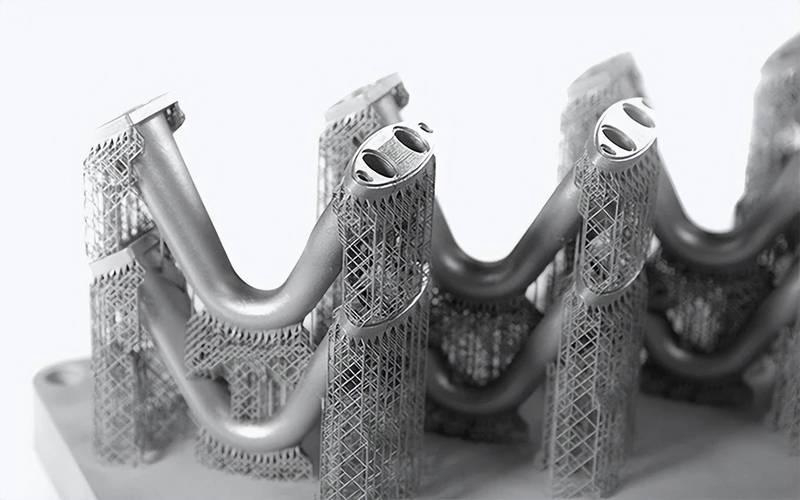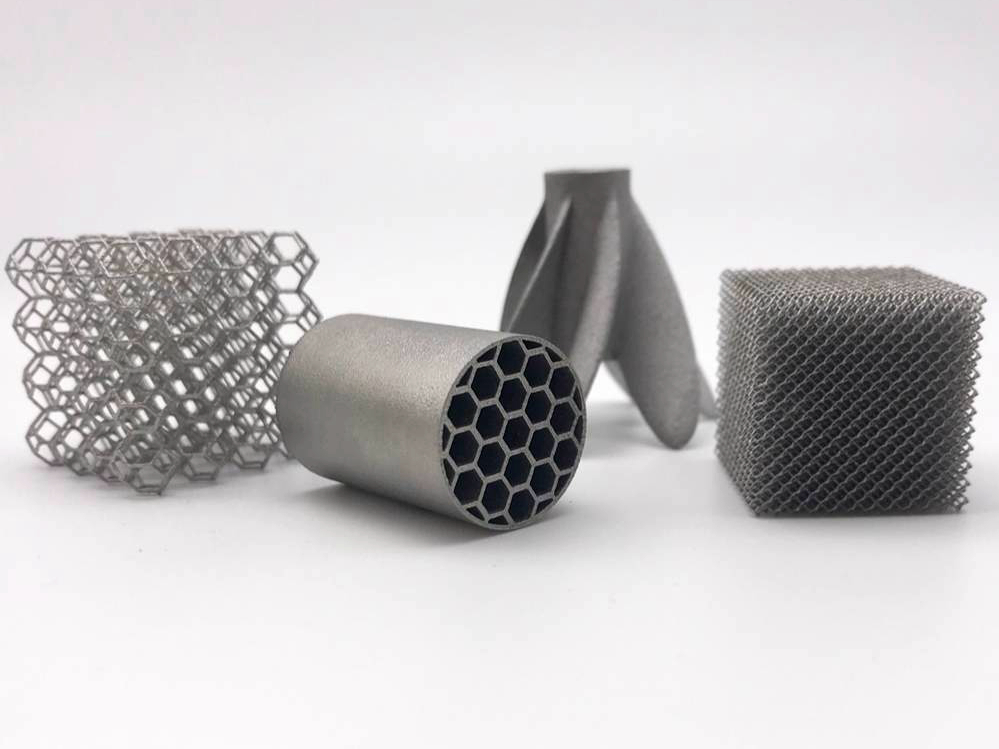Are there any limitations or trade-offs in part performance after heat treatment?
Are There Any Limitations or Trade-Offs in Part Performance After Heat Treatment?
Overview
While heat treatment significantly enhances the mechanical properties of 3D printed metal parts—such as strength, hardness, fatigue resistance, and ductility—it may also introduce trade-offs or limitations that affect performance, geometry, or downstream processing. Understanding these effects is crucial for optimal part design and application alignment.
1. Dimensional Distortion
Thermal cycling during heat treatment can lead to shrinkage, warping, or geometric distortion—especially in thin-walled, unsupported, or asymmetric parts.
Ti-6Al-4V and Tool Steel H13 are particularly sensitive to stress relief-induced deformation
Dimensional tolerances may shift by ±0.05 mm or more without proper design allowances or fixturing
2. Surface Oxidation and Discoloration
Unless heat treatment is performed in vacuum or inert gas, surface oxidation can occur—especially with reactive alloys.
Titanium and nickel alloys develop oxide layers that affect surface appearance and may impair coating adhesion or aesthetic requirements
Additional surface finishing such as electropolishing or PVD coating may be needed
3. Hardness vs. Toughness Trade-Off
Processes that significantly increase hardness (e.g., precipitation hardening or tempering) may reduce overall ductility or toughness.
Tool Steel D2 gains wear resistance after tempering but may become more brittle if over-hardened
Balance must be achieved based on application (e.g., impact vs. wear conditions)
4. Microstructural Inconsistencies
If heat treatment is not properly controlled:
Uneven temperature distribution can cause non-uniform grain structure or incomplete phase transformation
Inconel 718 requires precise aging cycles to avoid over-aging, which reduces strength
5. Cost and Time Considerations
Extended thermal cycles (such as double aging or HIP) increase processing time and energy costs.
Some parts may not require full thermal processing; over-treating can result in unnecessary cost with marginal benefit
Production planning must align with performance requirements and cost-efficiency
Summary of Key Trade-Offs
Benefit | Potential Trade-Off |
|---|---|
Increased hardness | Reduced ductility or toughness |
Stress relief and stability | Possible dimensional distortion |
Phase strengthening | Risk of over-aging or embrittlement |
Surface oxide removal | Need for additional finishing |
Enhanced performance | Increased lead time and processing cost |
Recommended Services to Balance Performance and Precision
Neway 3DP helps customers optimize post-processing outcomes through:
Heat Treatment With controlled profiles and atmosphere settings tailored to alloy behavior
CNC Machining To correct dimensional changes and meet tight tolerance requirements
Surface Treatment Including polishing, coating, and finishing for aesthetic or functional restoration



